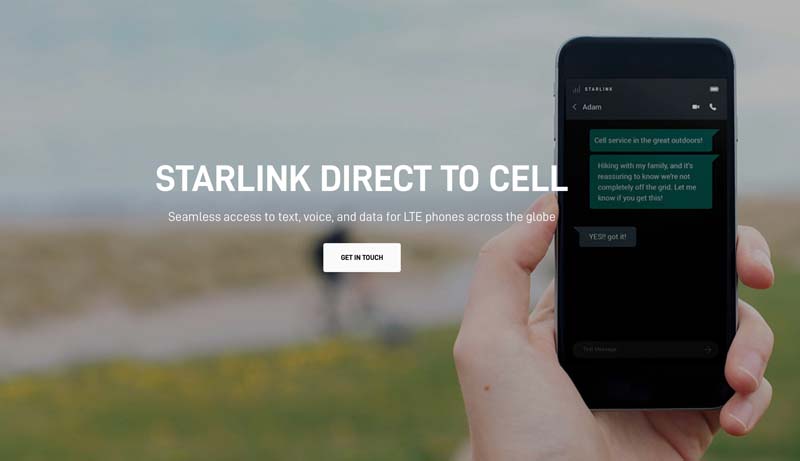When Elon Musk teased the possibility of Starlink internet being accessible via satellite straight to your phone, it sounded like a far-fetched pipe dream, kind of wildly ambitious “science fiction” idea he’s prone to dropping, in a new letter to the FCC, SpaceX is doubling down (sends and receives first texts via Starlink’s new direct to cell satellites), declaring its recent tests of this “Direct to Cell” service an unqualified success.
The letter goes into refreshing detail about SpaceX’s cellular Starlink trials, which have apparently worked seamlessly across Android phones, Samsung Galaxy and Google Pixel, iPhone devices in multiple cities. “The satellites have been able to communicate with multiple models of unmodified Samsung, Apple, and Google devices,” reads the filing. No special firmware updates or hardware required.
But perhaps more impressively, SpaceX claims the system has delivered usable internet connections in less-than-ideal conditions – a crucial test for any legit mobile satellite service. The tests encompassed “urban and rural areas, indoors and outdoors, and in clear sky and under tree cover” across test sites in Redmond, Mountain View and Kansas City.
That indoor connectivity in particular is a tantalizing breakthrough. Existing satellite internet and phone systems historically struggle with building penetration due to pesky obstructions like roofs. SpaceX says its Direct to Cell tech delivered the goods to indoor phones, albeit “designed for outdoor use.”
The company credits operating within the FCC’s approved power flux density limits for enabling those indoor, tree-penetrating links at lower elevation angles as low as 25 degrees. Still, the specifics are scant, like how usable those indoor speeds actually were.
We’ll also need more info on the network’s bandwidth capacity and latency if SpaceX hopes this to be a true smartphone internet replacement, not just an emergency backup. But the fact it already works at all on normal handsets feels like a watershed moment for Musk’s satellite-powered mobile ambitions.
Next up? Hopefully an open beta we can all try for ourselves. Because who doesn’t want the option to ditch their cellular overlords and surf the web directly from SpaceX’s low-Earth orbit authorities?
